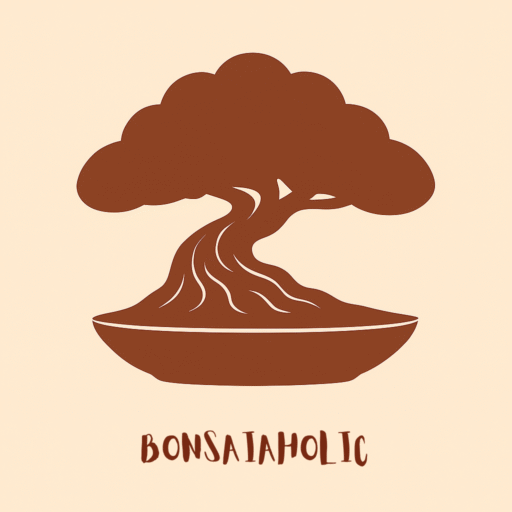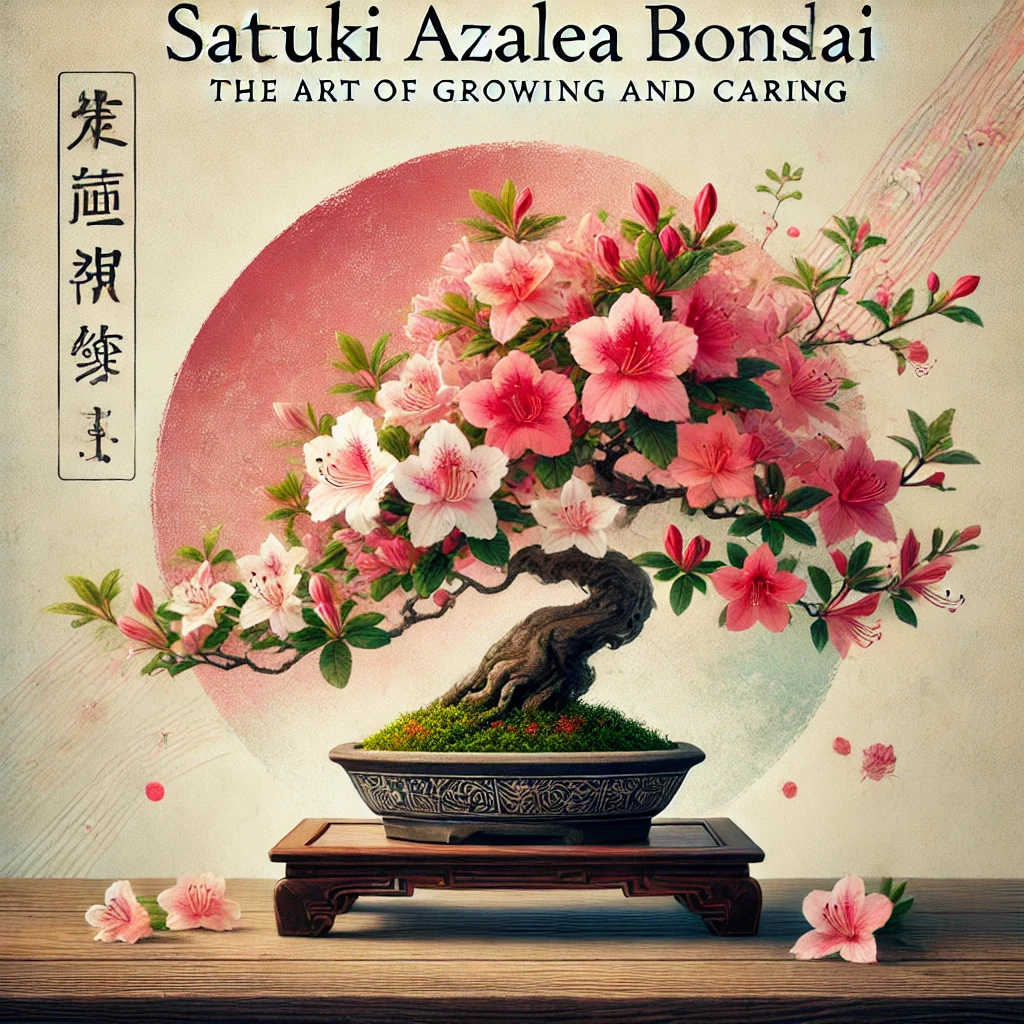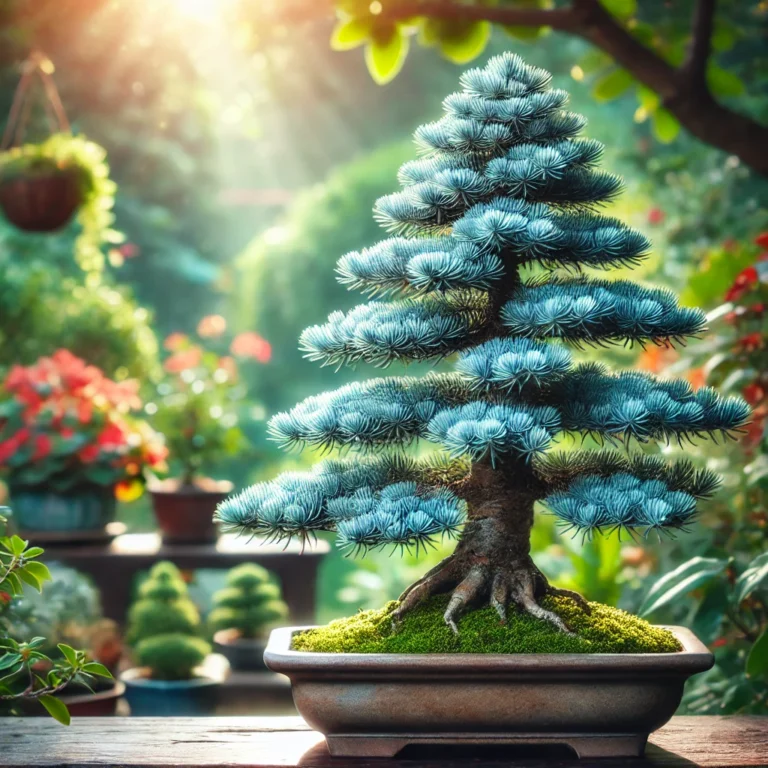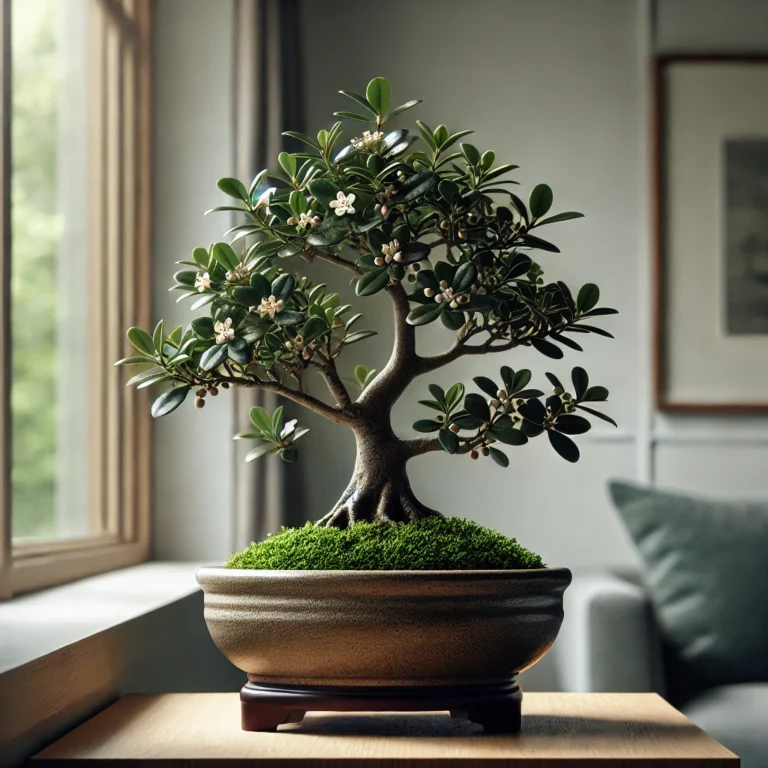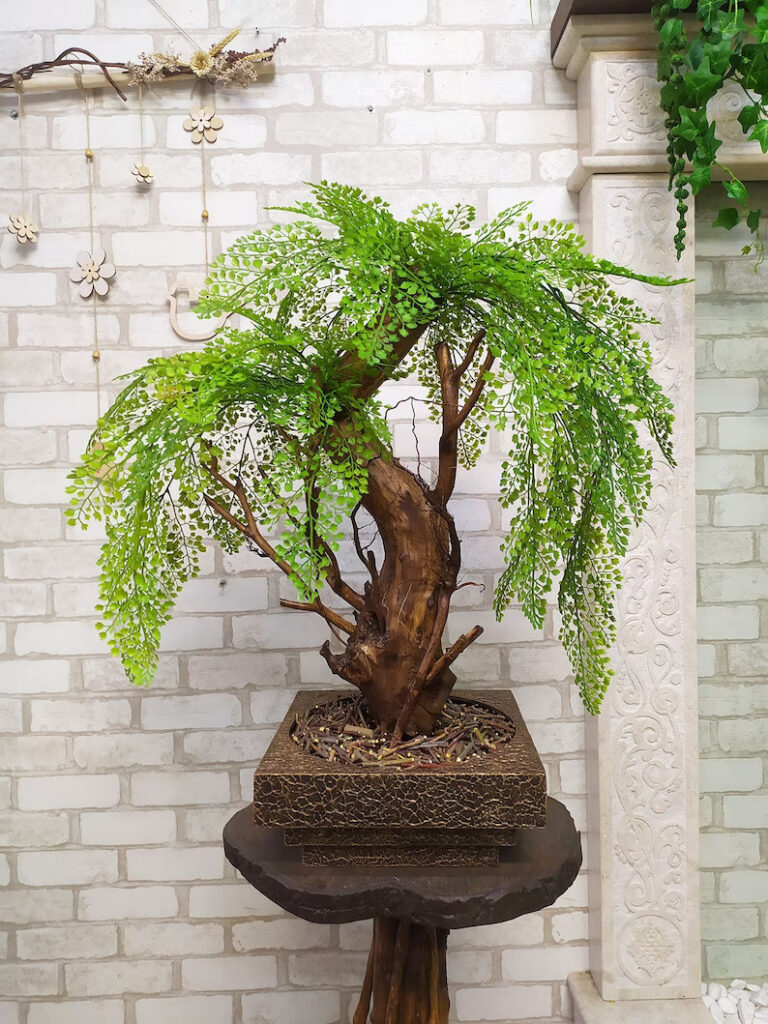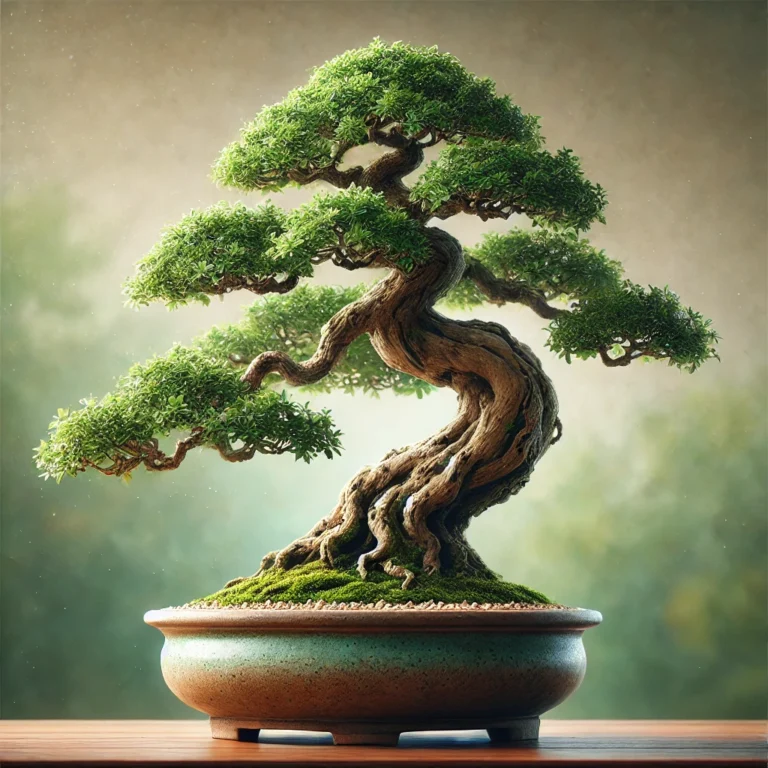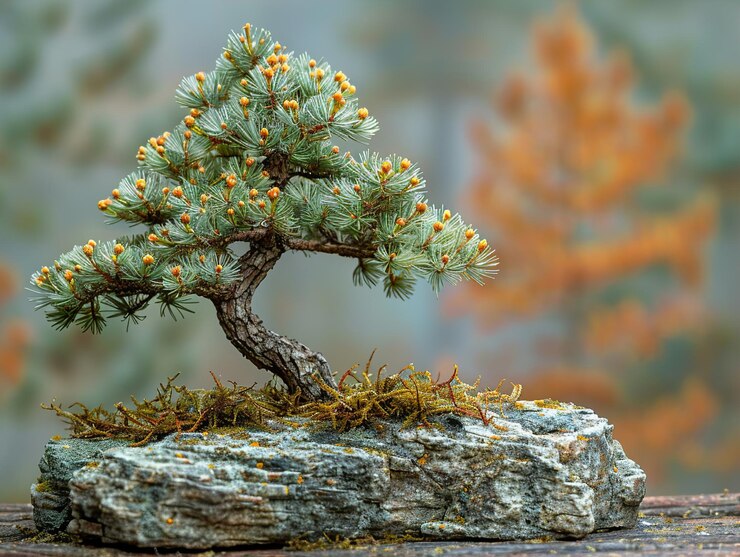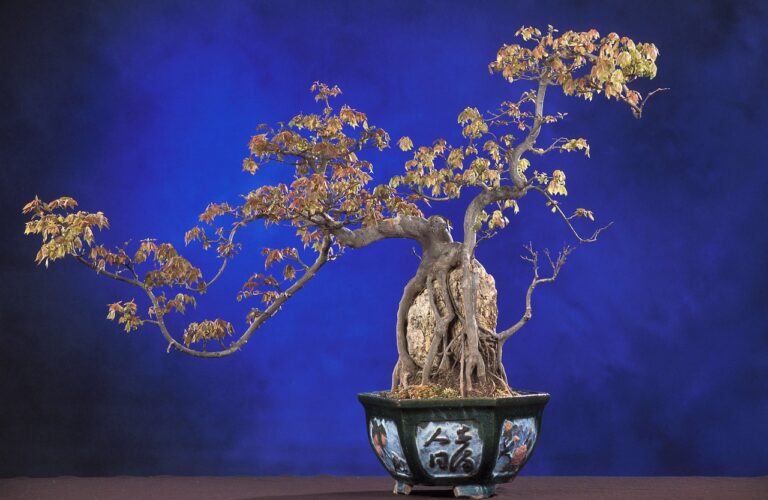Satsuki Azalea Bonsai: The Art of Growing and Caring
Bonsai, the ancient art of cultivating miniature trees, has captivated enthusiasts for centuries. Among the many species used for bonsai, the Satsuki Azalea stands out as a favorite due to its stunning flowers, adaptability, and unique charm. In this guide, we’ll explore everything you need to know about Satsuki Azalea bonsai, from its origins and characteristics to detailed care instructions and styling tips. Whether you’re a beginner or an experienced bonsai artist, this post will help you master the art of growing and nurturing this beautiful plant.
What is Satsuki Azalea?
Satsuki Azalea (Rhododendron indicum) is a subspecies of azalea native to Japan. The name “Satsuki” translates to “fifth month” in Japanese, referring to its late spring blooming period. These plants are renowned for their vibrant, colorful flowers, which can range from white and pink to red and purple. What makes Satsuki Azalea particularly special is its ability to produce multiple flower colors on a single plant, creating a breathtaking display.
Unlike other azalea varieties, Satsuki Azalea has smaller leaves and a more compact growth habit, making it ideal for bonsai cultivation. Its ability to thrive in small containers and respond well to pruning and shaping has made it a staple in the bonsai world.
Why Choose Satsuki Azalea for Bonsai?
- Aesthetic Appeal: The Satsuki Azalea’s vibrant blooms and delicate foliage make it a visually stunning bonsai. Its flowers can last for several weeks, transforming your bonsai into a living work of art.
- Compact Size: The plant’s natural tendency to grow in a compact manner makes it easier to train and maintain as a bonsai.
- Longevity: With proper care, Satsuki Azalea bonsai can live for decades, becoming a cherished part of your home or garden.
- Seasonal Changes: The plant’s foliage and flowers change with the seasons, offering a dynamic and ever-evolving display.
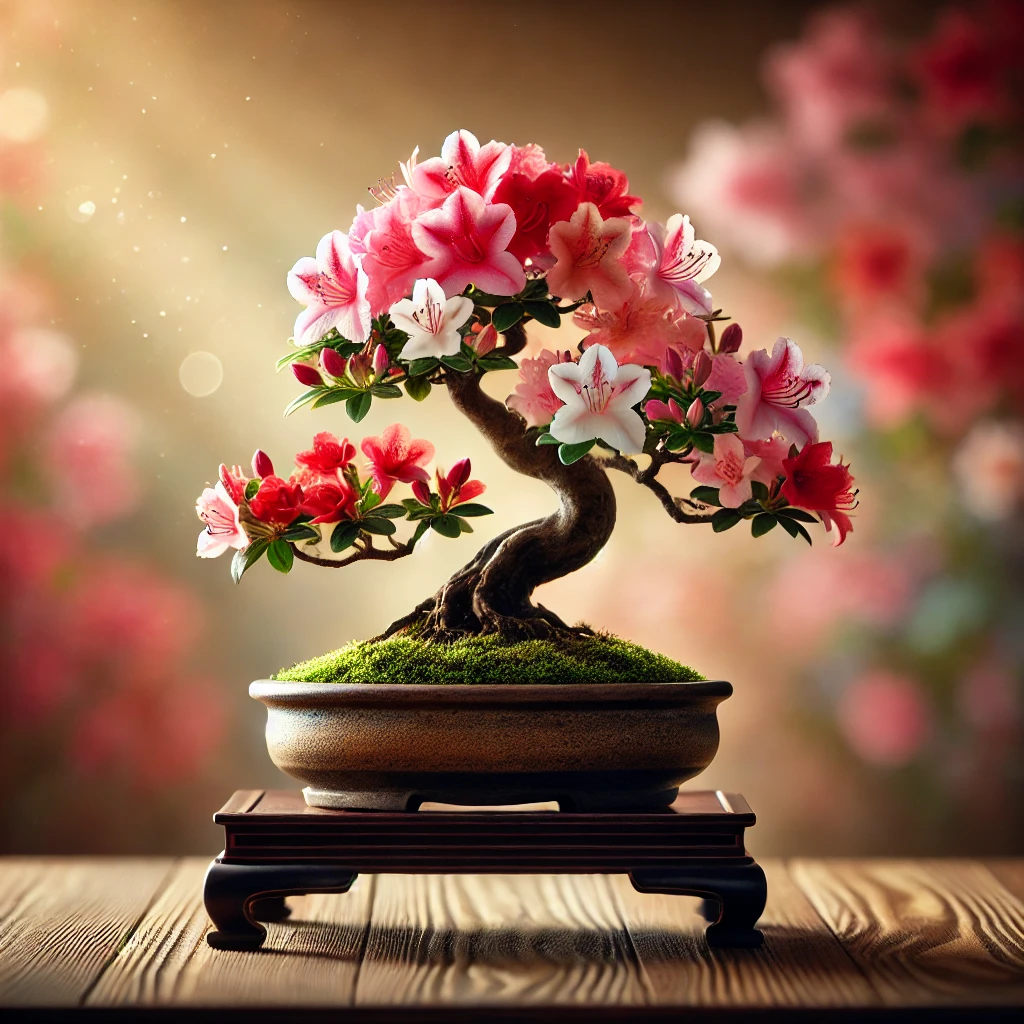
Caring for Your Satsuki Azalea Bonsai
Growing a Satsuki Azalea bonsai requires attention to detail and a commitment to providing the right conditions. Here’s a step-by-step guide to ensuring your bonsai thrives:
1. Light and Temperature Requirements
- Satsuki Azaleas prefer bright, indirect light. Avoid direct sunlight during the hottest part of the day, as it can scorch the leaves.
- Ideal temperatures range from 60°F to 75°F (15°C to 24°C). Protect the plant from extreme heat or cold, as it can damage the foliage and roots.
2. Watering
- Keep the soil consistently moist but not waterlogged. Satsuki Azaleas are sensitive to drought and can quickly wilt if underwatered.
- Use rainwater or distilled water if possible, as tap water may contain chemicals that can harm the plant.
- Water deeply when the top inch of soil feels dry, ensuring the entire root system is hydrated.
3. Soil and Fertilization
- Use a well-draining, acidic soil mix specifically designed for azaleas or bonsai. A mix of kanuma (a type of Japanese soil) and akadama is ideal.
- Fertilize regularly during the growing season (spring to autumn) with a balanced, acidic fertilizer. Reduce feeding during the winter months when the plant is dormant.
4. Pruning and Shaping
- Prune your Satsuki Azalea bonsai after the flowering season to maintain its shape and encourage new growth.
- Remove dead or overgrown branches, and trim back new shoots to promote a compact form.
- Wiring can be used to shape the branches, but be gentle to avoid damaging the delicate bark.
5. Repotting
- Repot your Satsuki Azalea bonsai every 2-3 years to refresh the soil and prevent root binding.
- The best time to repot is in early spring, just before the growing season begins.
- Carefully trim the roots during repotting to encourage healthy growth.
Common Challenges and How to Overcome Them
While Satsuki Azalea bonsai is relatively hardy, it can face a few challenges:
- Pests and Diseases: Spider mites, aphids, and root rot are common issues. Regularly inspect your bonsai and treat infestations with insecticidal soap or neem oil. Ensure proper drainage to prevent root rot.
- Leaf Yellowing: This can be caused by overwatering, poor soil quality, or nutrient deficiencies. Adjust your care routine and ensure the soil is acidic.
- Wilting: Underwatering or excessive heat can cause wilting. Water the plant thoroughly and move it to a cooler location if necessary.
Styling and Displaying Your Satsuki Azalea Bonsai
Satsuki Azalea bonsai can be styled in various traditional bonsai forms, including:
- Informal Upright (Moyogi): A natural, slightly curved trunk that tapers toward the top.
- Cascade (Kengai): The trunk cascades downward, mimicking a tree growing on a cliff.
- Semi-Cascade (Han-Kengai): Similar to the cascade style but with a less dramatic downward slope.
When displaying your bonsai, choose a pot that complements the plant’s colors and shape. Neutral-colored pots with simple designs often work best, allowing the flowers to take center stage.
Seasonal Care Guide
- Spring: This is the blooming season. Enjoy the flowers and prune the plant after blooming to encourage new growth.
- Summer: Protect the bonsai from intense heat and ensure it receives adequate water. Light shading may be necessary.
- Autumn: Prepare the plant for dormancy by reducing fertilization and watering. This is also a good time for light pruning.
- Winter: Protect the bonsai from freezing temperatures by moving it indoors or providing insulation. Water sparingly during this dormant period.
Tips from Bonsai Masters
- Patience is Key: Bonsai is a long-term commitment. Take your time to learn and enjoy the process.
- Observe and Adapt: Pay attention to your plant’s needs and adjust your care routine accordingly.
- Join a Community: Connect with other bonsai enthusiasts to share tips, experiences, and inspiration.
Conclusion
Satsuki Azalea bonsai is a rewarding and beautiful addition to any bonsai collection. Its vibrant flowers, compact size, and adaptability make it a favorite among bonsai artists of all skill levels. By following the care guidelines outlined in this post, you can cultivate a healthy and stunning Satsuki Azalea bonsai that will bring joy for years to come.
Whether you’re just starting your bonsai journey or looking to expand your collection, the Satsuki Azalea is a perfect choice. Share your experiences, ask questions, and connect with fellow enthusiasts to deepen your appreciation for this timeless art form.
Additional Resources
- Books: The Bonsai Workshop by Herb Gustafson, Bonsai with Japanese Maples by Peter Adams.
- Websites: Bonsai Empire, International Bonsai Forum.
- Supplies: Bonsai soil, tools, and pots can be found at specialized bonsai retailers or online stores.
By following this guide, you’ll be well on your way to mastering the art of Satsuki Azalea bonsai. Happy growing!
